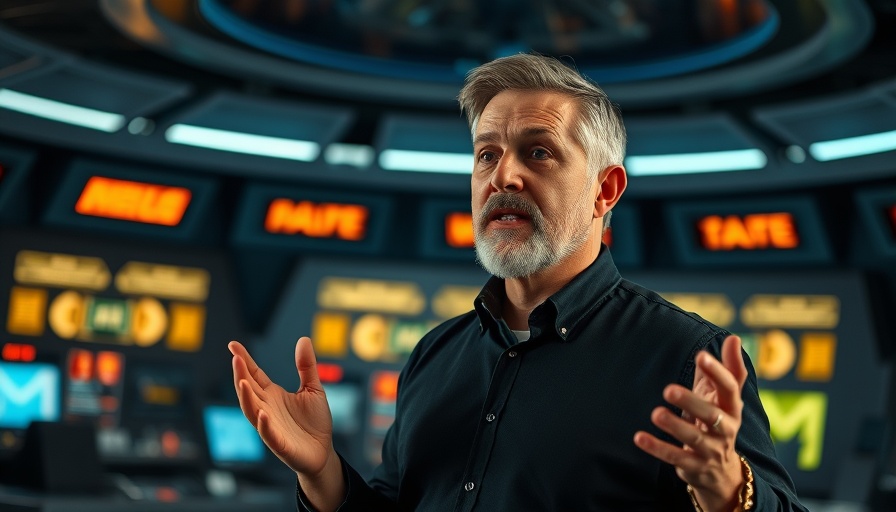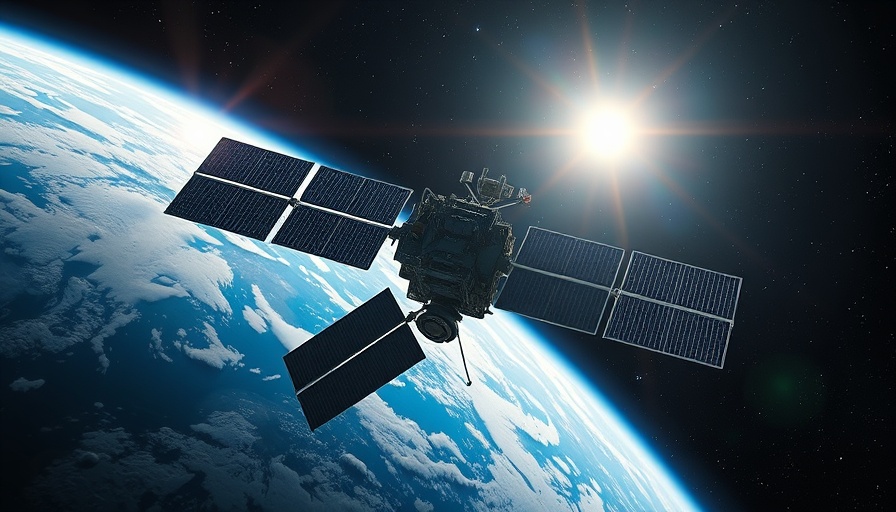
How AI Is Transforming the Future of Visual Effects
In the realm of cinema, innovations in visual effects (VFX) have reshaped storytelling, granting filmmakers the power to visualize ideas once deemed impossible. From the groundbreaking technology seen in the 'Star Wars' franchise to the contemporary advances driven by artificial intelligence (AI), the evolution of VFX continues to surprise audiences and challenge industry norms.
The Legacy of Star Wars in Visual Effects Innovation
When George Lucas first introduced 'Star Wars' to the world in 1977, it not only revolutionized the science fiction genre but also changed the landscape of visual storytelling. The film's innovative use of practical effects and pioneering techniques, such as motion control photography, laid the groundwork for future generations of filmmakers. This creativity ignited a passion within the industry to explore new possibilities, making visual effects an integral component of blockbuster filmmaking.
The Role of AI in Today’s Film Industry
Fast forward to the present, AI's role in transforming visual effects is becoming increasingly prominent. The ability of AI to analyze and generate content reflects a paradigm shift in the way movies are made. Rob Bredow, in his TED talk, emphasizes that AI is poised to optimize the VFX workflow, enhancing creativity while reducing manual labor. By automating tedious tasks, artists can focus more on their creative visions rather than spending countless hours on routine procedures.
Possible Implications of AI on Employment in the VFX Industry
As AI takes a more pronounced role in visual effects, concerns about job security are becoming prevalent. Many industry professionals are apprehensive about the potential for AI job loss, fearing that automation will replace traditional jobs. However, it is essential to recognize that while AI can streamline certain tasks, it also opens up new avenues for creativity and collaboration. Instead of complete displacement, we may see a shift in job roles, where human creativity is complemented by technological advancements.
A Future of Collaboration and New Job Opportunities
In a changing economic landscape, adapting to AI becomes crucial for professionals within the VFX community. The industry should prioritize upskilling and reskilling initiatives that empower workers to embrace these new tools rather than resist them. Ultimately, this integration can lead to a more innovative and diverse workplace.
Grassroots Sales and Community Growth Through Technology
Moreover, as VFX technology evolves, grassroots sales can emerge as an essential part of community growth. By utilizing these advanced visual effects in local productions or independent films, communities can foster their talent and tell unique stories from their perspectives. This grassroots approach not only enhances local economies but also enriches the cultural fabric of communities in regions like Ontario, Michigan, and Ohio.
Conclusion: Embracing the Change
As we navigate this new era of visual effects powered by AI, the key lies in embracing change. For those in the industry, understanding the balance between technological innovations like AI and human creativity will determine future successes. As we witnessed with 'Star Wars', pioneering ideas can spark movements—AI may very well do the same, creating opportunities for community growth, economic development, and new forms of storytelling.
 Add Row
Add Row  Add
Add 




Write A Comment